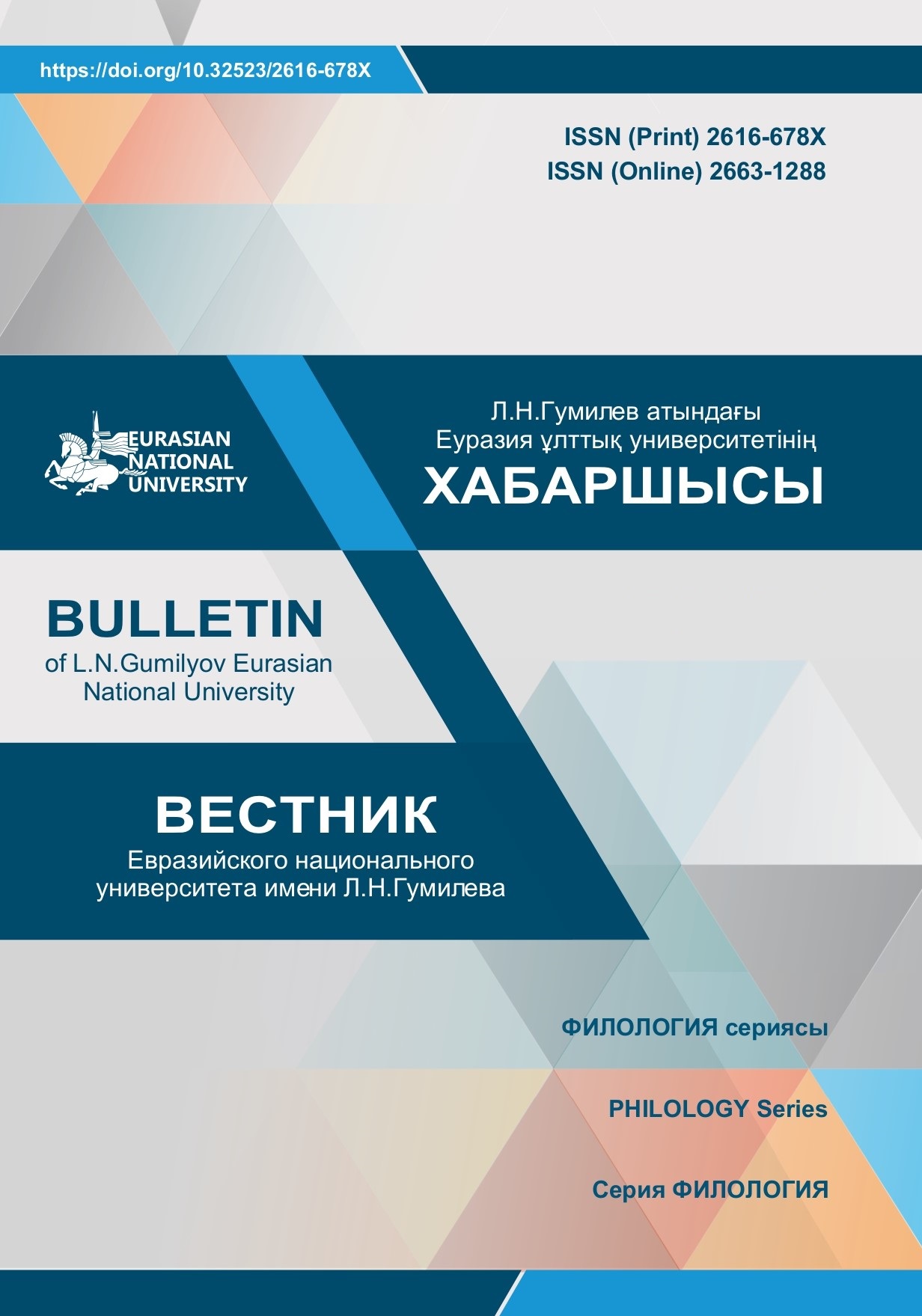Comparative lexicology of the Turkic languages and the course of studying the vocabulary of modern kipchak written languages
Views: 314 / PDF downloads: 1166
DOI:
https://doi.org/10.32523/2616-678X-2021-137-4-8-21Keywords:
Turkic languages, Turkic written literary languages, the Kipchak group of Turkic languages, modern Kipchak languages, traditions of written languages, comparative lexicology, dictionary treasury, lexical fund, Kazakh language, Bashkir language, Kumyk languageAbstract
The article emphasizes the importance of forming the subject basis of comparative lexicology of
modern Turkic languages, which combines conceptual scientific views on word formation and vocabulary of the
Turkic languages. The article also theoretically substantiates the need for linguistic expertise on the achievements
in the field of lexicology of separate languages to create a unified corpus of theoretical knowledge of the Turkic
languages lexical composition and the lexical fund of modern Turkic languages, analyzes the state of knowledge
of the vocabulary of modern Kipchak languages, such as Kazakh, Bashkir, Kumuk.
In the course of the historical evolution of linguistic development, some languages belonging to the Kipchak
group of Turkic languages have developed in all directions and have risen to the level of literary and written
languages, others to some extent function as oral colloquial speech or are dialects of a particular language, and
some are in dangerous linguistic and ecological conditions on the verge of extinction.
Kazakh, Bashkir, and Kumuk languages are closely related languages that have been formed and developed
as national written languages since the first decades of the twentieth century. When comparing each of these
languages from the current level of development of modern Kipchak languages, the ratio of lexical commonalities
and differences between these languages are clearly determined.







